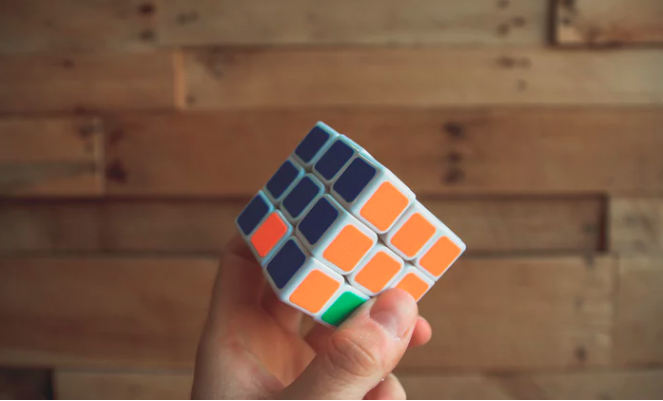Home › Market News › The Secret to Trading Success
Do you want to know the secret to being a successful trader? Learn how to lose.
Humans, even the ones who take on risky ventures like trading, don’t like to lose. We’re wired against it, and we avoid it whenever they can. Unfortunately, that tendency causes most traders to stay in bad trades in hopes of still coming out on top. The opposite is true, too. Everybody wants to take the win when they can, so a lot of traders get out when they should let their profits run.
A big part of successful trading, then, is to override human nature. Doing that takes a lot of practice — and a lot of losing. For the people who prefer not to lose $10k+ just learning to trade, the answer is simulated trading.
Let’s take a look at how a good sim trading program helps you develop as a trader.
Play is an important part of learning any new skill. Imagine, for example, a kid deciding they want to play a sport. They don’t know what it feels like to hold a bat or if they are going to like wobbling around on skates. They just know they want to play, so they keeping trying things until they find the sport that fits.
That’s how new traders are: they want to get into the market, but they don’t know what they don’t know. Sim trading lets them play around so they can learn:
Getting a feel for how trading works gives new traders a chance to discover their passion without the pain of blowing their account.
Knowing what you like and what you’re good at are only the early steps towards being a successful trader. The next is to put together the processes that support and direct your efforts. Essentially, you need:
Simulated trades gives developing traders information they can learn from and feedback to tweak these processes before they have to use them for real.
Almost all simulated trading programs give new traders a chance to learn the basics without any pressure, but at some point the better ones up the ante by adding risk. This is called purposeful practice. It’s the opportunity to hone your skills in a situation that more closely resembles how a day of trading actually feels.
Few people realize how much emotional capital trading requires. When your day is going well — really well —- the high can be euphoric. But a sudden turn can cause your bliss to disappear in a matter of minutes. If you can’t manage your reactions to the market’s volatility, then you’re going to struggle.
Most simulated trading only gives you a sense of that roller coaster because they let you reset when things go wrong. With a little skin in the game, however, you get a better sense of how you respond to markets under duress.
Practice seldom makes perfect, but it is an essential part of successful trading. For that matter, so is constant learning.
